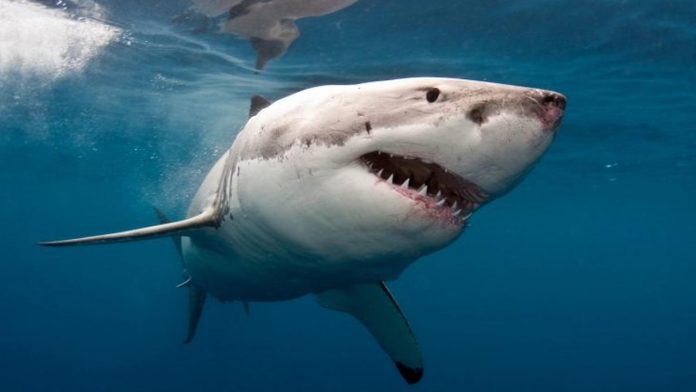Sharks are some of the most resilient and successful predators in history, having been around for more than 400 million years ago. Believe it or not, sharks are actually older than trees, which didn’t appear in their familiar form — trunk and crown of leaves or fronds — until the Late Devonian, some 360 million years ago. However, that doesn’t mean that sharks haven’t had their fair share of close calls with total annihilation, including a previously unknown mass extinction approximately 19 million years ago, which was only recently uncovered by scientists.
An alarming decline that echoes the present
Mass extinctions — when at least half of all species die out in a relatively short time — have occurred only a handful of times over the course of our planet’s history. The largest mass extinction event, known as Permian-Triassic Extinction, happened around 250 million years ago when perhaps 95 percent of all species went extinct. The most famous mass extinction is perhaps the Cretaceous-tertiary Extinction that led to the extinction of all non-avian dinosaurs following a doomsday asteroid impact.
Across all these treacherous eras, virtually all vertebrates had a rough time, including the highly successful marine apex predators. But surprisingly, sharks fared much better during the dinosaur extinction event than during the newly discovered Miocene extinction from 19 million years ago.
According to paleontologists at Yale University and the State University of New York College of Environmental Science and Forestry, there were somewhere between 10 and 50 times more sharks in the open ocean before this extinction. They were also much more diverse.
This Miocene extinction wiped out nearly 90% of all of the ocean’s shark population and led to the extinction of 70% of all shark species. In the wake of this wipeout, soon other predators rose to fill in the ranks, including whales. Since then, sharks have never truly recovered their previous ecological roles. They now spend more time in shallow waters and far less time in the open ocean than they used to.
The weirdest thing about this extinction is that we don’t know yet what caused it. This abrupt extinction, which lasted only 100,000 years — the blink of an eye in the geological timeline — did not coincide with any major shift in climate. It also occurred at least two million years before the diversification of highly migratory, large-bodied predators, such as baleen whales, so neither competition can explain this mysterious extinction event.
What scientists do seem confident in is that it happened. Sharks are cartilaginous fish, which means their skeletons don’t fossilize. The only body parts of a shark that survive the passage of time are the teeth and scales. Most paleontologists focus on fossilized teeth, but Elizabeth Sibert of Yale and Leah Rubin of State University of New York (SUNY), the two co-authors of the new study, had their eyes on the scales.
The oldest shark scales, also known as dermal denticles, date back to the Late Ordovician Period, about 455 million years ago, found in Colorado. So surprisingly, these scales can be quite resilient. However, their main drawback is that they’re difficult to find, requiring harvesting from the inaccessible ocean floor.
Reporting in the journal Science, Sibert and Rubin developed a new technique that involves using deep-sea drills to extract sediment cores from the ocean floor. These sediment cores can contain denticles stacked on top of each other in layers that can inform scientists about the abundance of sharks. The top layers are the newest while the bottom layers are the oldest. They can also tell which types of sharks were more affected than the others.
By carefully studying the composition of these sediment cores, the researchers found less fossilized skin after the boundary layer corresponding to the extinction event — about nine times less than before. They also observed fewer fossilized skins with geometric patterns, featuring interlocking ridges, than before the event. This suggests that these various species of shark suffered more than linear denticle (straight skin) sharks — although that’s not to say that the latter were spared entirely.
Further research may shed more light upon this mysterious extinction event. Presently, sharks are suffering a massive decline again. This time, there’s nothing mysterious about the cause — human activity. A 2021 study published in Nature found that, since 1970, the global abundance of these predators has declined more than 70 percent, largely because of increased fishing pressure for shark fins. Half of all shark species are now classified as endangered or critically-endangered on the International Union for Conservation of Nature Red List of Threatened Species.





























